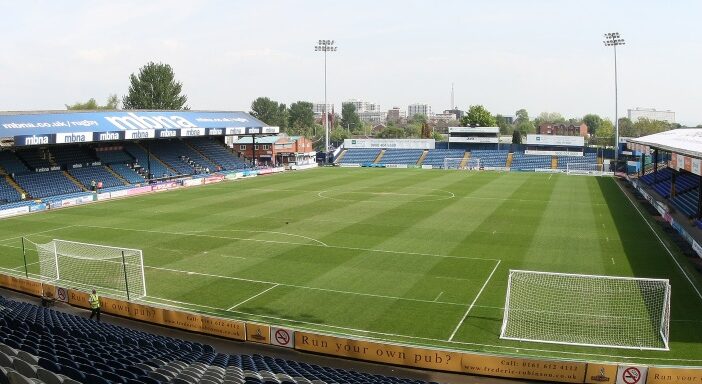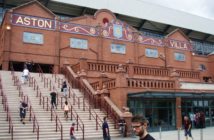The National League, often referred to as the fifth tier of English football, holds a unique and vital position in the footballing pyramid. Sandwiched between the fully professional English Football League (EFL) and the regional leagues below, the National League is a fascinating mix of professional and semi-professional clubs. BoyleSports recently looked into the dynamics of the league, highlighting its role as a proving ground for aspiring players, ambitious clubs, and passionate fans who dream of rising to the upper levels of English football.
Structure of the National League
The National League is the highest level of non-league football, sitting just below League Two in the football pyramid. It consists of 24 teams, with a promotion and relegation system that ensures plenty of drama every season.
The league operates in line with other divisions in England, with each team playing 46 games, home and away, across the season. Points are awarded in the standard format: three points for a win, one for a draw, and none for a loss. At the end of the season, the team with the most points is crowned champion and earns automatic promotion to League Two.
The fight for the second promotion spot is decided through the playoffs, which feature teams finishing between second and seventh place. This expanded playoff format, introduced in 2018, adds an extra layer of excitement. The quarter-finals involve the teams in fourth through seventh, while the second and third-placed teams join at the semi-final stage. The winners of the playoff final, held at Wembley Stadium, join the champions in making the leap to the EFL.
At the other end of the table, the bottom four teams face relegation to either the National League North or National League South, depending on their location.
The National League North and South
Below the National League sit two regional divisions: the National League North and the National League South. These leagues also consist of 24 teams each and follow a similar structure, with the champions earning automatic promotion and additional spots decided through playoffs. The relegated teams from these divisions drop into regional leagues further down the pyramid, such as the Northern Premier League, Southern League, or Isthmian League.
The regional nature of these leagues reduces travel burdens and costs for smaller clubs, which often operate on limited budgets.
Professionalism and Finances
The National League is a mix of fully professional clubs, such as those recently relegated from the EFL, and semi-professional teams working with part-time players and staff. This blend makes the league uniquely competitive, as professional clubs bring resources and experience, while semi-professional sides often play with a chip on their shoulder, driven by the desire to prove themselves.
Financially, the league operates on much smaller budgets than the EFL, with many clubs relying heavily on gate receipts, sponsorship deals, and the dedication of local communities. The disparity in resources between clubs can be stark, especially as some relegated EFL clubs arrive with parachute payments while smaller clubs must stretch every pound.
Promotion and the Road to the EFL
Promotion from the National League to the EFL is often seen as a monumental achievement. Clubs that make the jump not only gain increased revenue through higher attendance and TV rights but also secure a seat at the table of English football’s professional structure.
However, the transition isn’t always easy. Newly promoted clubs face challenges such as adapting to the demands of a fully professional league, increasing travel commitments, and competing against teams with much larger budgets. Despite this, success stories abound. Clubs like Luton Town and AFC Wimbledon have used promotion from the National League as a springboard to climb even higher in the pyramid, proving that the fifth tier is often just the beginning.
Relegation and Recovery
Relegation from the National League can be a devastating blow for clubs, especially those that are fully professional. Dropping into the regional National League North or South often means reduced revenues, a loss of players, and increased challenges in rebuilding. Yet, many clubs use relegation as a chance to regroup and come back stronger.
Fan Culture and Community Spirit
One of the most endearing aspects of the National League is its sense of community. Many of the clubs in this division are deeply rooted in their local areas, with loyal fan bases that show unwavering support, rain or shine. For fans, the league offers a more intimate football experience, free from the commercialisation that dominates the higher levels of the game. Standing terraces, affordable tickets, and the chance to meet players after the game create a connection that’s increasingly rare in modern football.
National League on the Rise
In recent years, the National League has seen increased attention, thanks partly to the involvement of high-profile clubs like Wrexham, whose Hollywood-backed ownership has drawn global interest. Improved TV coverage, streaming options, and a growing recognition of the league’s quality have also raised its profile.
Despite its challenges, the National League remains a cornerstone of English football. It’s a league where dreams are made, where players and clubs battle fiercely for their moment in the spotlight, and where the spirit of the beautiful game lives strong.



